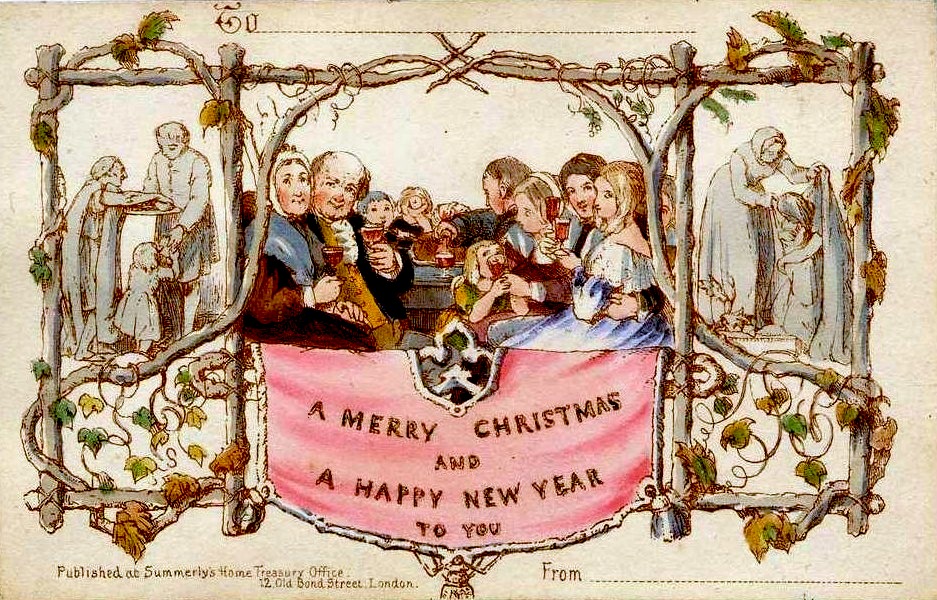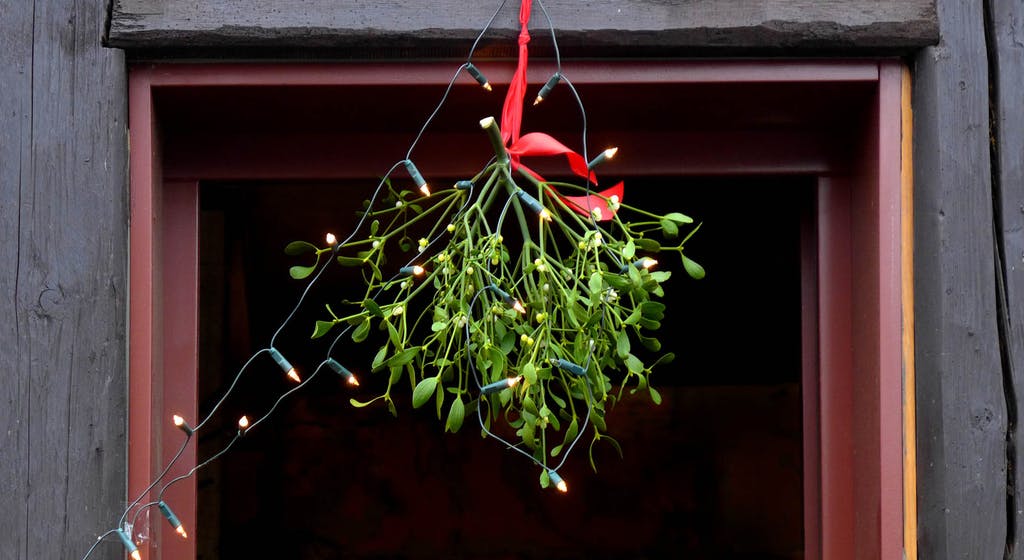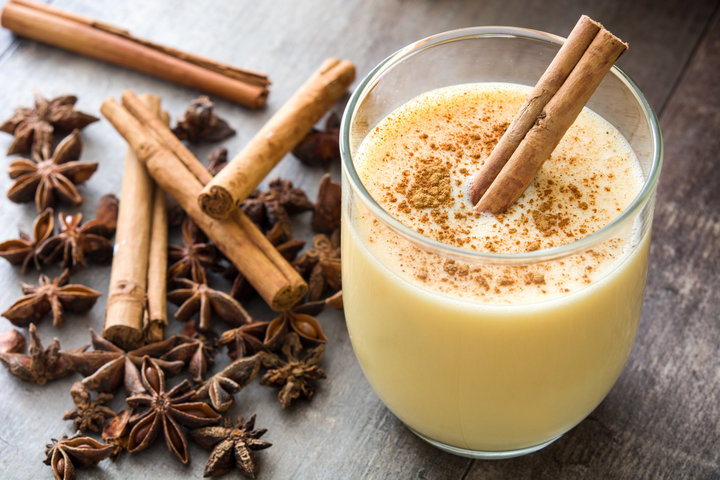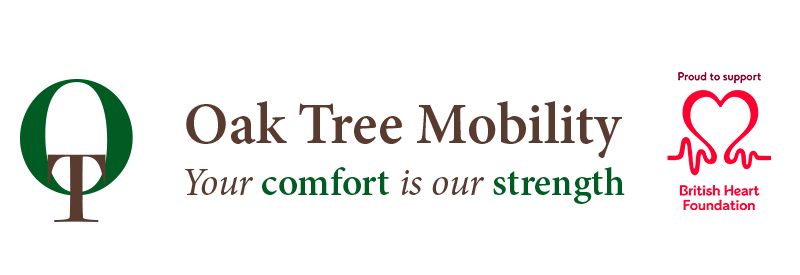Christmas is a magical time. It’s filled with practices we hold dear, like sending Christmas cards to our loved ones.
Many of the festive customs we enjoy are shared by millions of people all around the world.
But where did they originate? Have you ever wondered why we shorten Christmas to Xmas? Or why we kiss under the mistletoe?
From candy canes to eggnog, here are the fascinating stories behind some of our favourite holiday traditions.
Sending Christmas cards
The first Christmas card dates back to 1843 when Sir Henry Cole, a senior civil servant, helped set up a new postal service. Alongside a friend, John Horsely, he began to think about how he could encourage ordinary people to make use of the services it offered.
The two came up with the idea of sending cards with a festive greeting. Horsley, who was an artist, helped design the very first card. It was made up of three panels. The outer panels showed people caring for the poor. In the centre, an image showed a family enjoying a Christmas dinner.

The cards were sold for 1 shilling each, and stamps cost a penny. As printing methods improved, sending cards became more affordable.
By 1870, the cost of sending a Christmas card or postcard had dropped to half a penny. Today, millions of Christmas cards are sent every year.
Shortening Christmas to Xmas
We see ‘Xmas’ written everywhere nowadays. A commonly held belief is that this abbreviation was created to remove the religious element from the word ‘Christmas’.
But Xmas actually has its roots in Christianity, and has been used since the 16th century.
The ‘X’ represents the Greek letter Chi, the first letter of the Greek word for Christmas. In the early days of the Christian church, the letter X was used as a secret indicator of membership of the church.
Jesus’s name has also been abbreviated as XP, which is a combination of the first and second letters of the Greek word for Christ.
Kissing under the mistletoe
Mistletoe has long been associated with fertility and life. Celtic Druids used it in ceremonies thousands of years ago, believing it to have healing powers.
The practice of kissing under the mistletoe dates back to ancient Greece, when it was used during marriage ceremonies.

Like many Christmas traditions, kissing under the mistletoe really caught on in Britain during the Victorian period. If a couple kissed under the mistletoe, it was thought it would lead to marriage.
But if a girl refused a gentleman’s kiss, she would be doomed to die an old maid.
Candy canes
These red and white striped sweet treats have become synonymous with Christmas.
It’s generally accepted that they originated some 250 years ago in Germany. Some people believe that white candy sticks were shaped into Js to look like a shepherd’s staff, although there isn’t much credibility to this story.
Most historians agree that candy canes first arrived in the USA in 1847. A German-Swedish immigrant August Imgard is widely credited with introducing the Christmas tree to Ohio in this year, when he decorated a small blue spruce true with paper ornaments and candy canes.
But they didn’t look much like the candy canes we know today. The distinctive white and red stripes didn’t appear until the turn of the century, and it wasn’t until 1919 that a candymaker named Bob McCormack began producing candy canes on a larger scale. His brother, Gregory Keller, invented a machine that automatically gave candy canes their distinctive J shape. Before this, each cane had to be shaped by hand!
Eggnog
Eggnog – a rich drink made of egg, milk, sugar, and some kind of alcohol (usually rum or brandy) – was inspired by a medieval British drink called posset.
Posset was a thick, hot drink containing wine or beer, cream, sugar, and egg. The liquid was then thickened with bread, biscuits, oatmeal, or almond paste which created a dessert-like top layer. But by the 17th century, it was more commonly made with sherry.

It wasn’t until the British colonists arrived in American that rum became the primary ingredient. Rum was much less expensive and more readily available than having sherry shipped over from England, and the rum version quickly grew in popularity.
Now, a glass of eggnog is an essential part of the holidays for many people. You can make it with or without alcohol for a warming festive treat.
Christmas crackers
When do you pull your Christmas crackers? Before Christmas dinner or after? Or maybe you do it between courses!
Either way, sitting around the table wearing silly paper hats and laughing at terrible cracker jokes has part and parcel (no pun intended!) of Christmas.
Christmas crackers first appeared in Britain between 1845 and 1850. A London sweet maker called Tom Smith began selling sweets wrapped in decorative paper, after being inspired by similar treats he had seen in France. He accompanied the sweets with a motto or riddle, but they didn’t sell as well as he had hoped.
As the story goes, Smith was inspired to add the ‘crack’ to Christmas crackers after watching the sparks and hearing the crackle from logs on the fire. Small gifts and paper hats were later added by his son, Walter Smith.
What are your favourite holiday traditions? Head over to our Facebook page and let us know!







